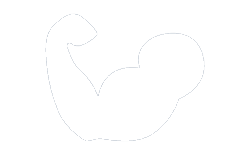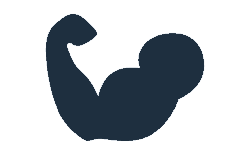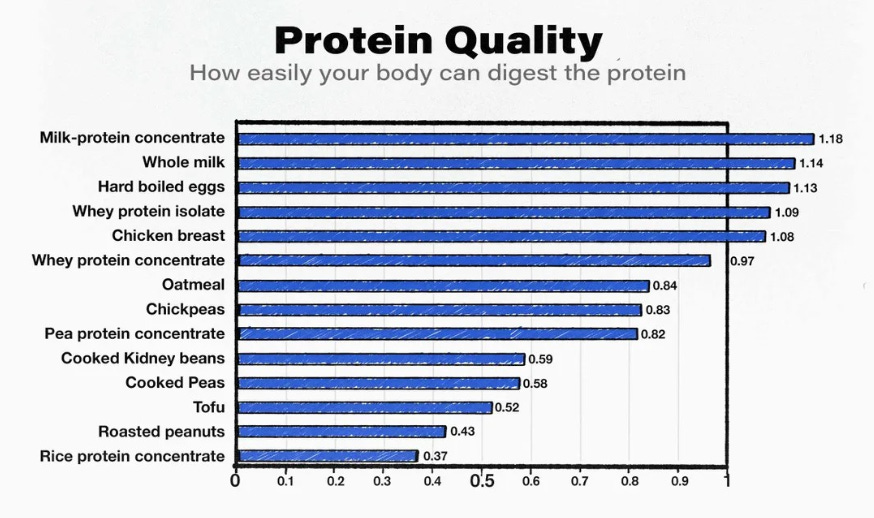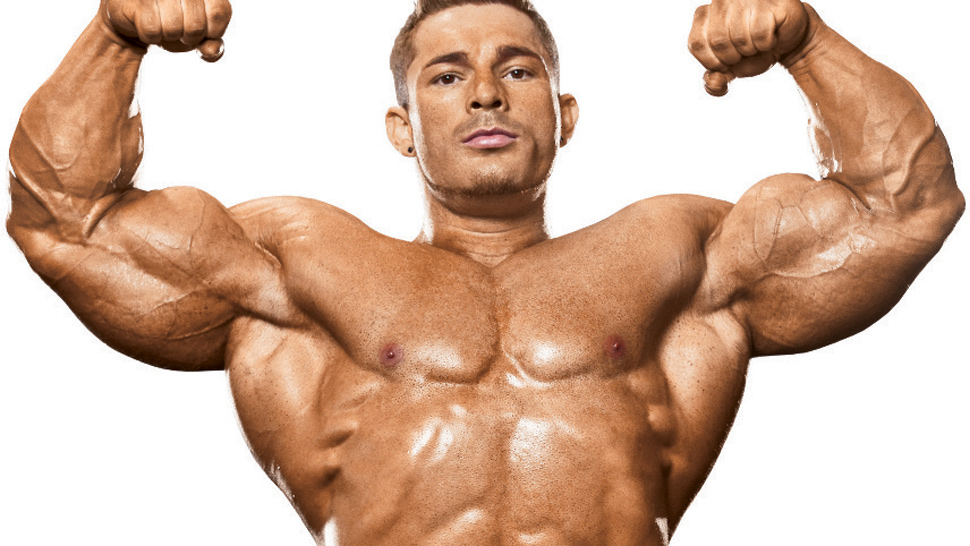· weightlifting · 5 min read
What Are the Components of an Effective Weight-Training Program? *EXPOSED*
You're sick and tired of mediocrity, right? Believe me, I was too. Stuck in a job I didn't want, a life I didn't choose, I had a hell of an awakening. I posed myself a life-altering question: What are the components of an effective weight-training program?
Okay, here’s the deal. You’re sick and tired of mediocrity, right? Believe me, I was too. Stuck in a job I didn’t want, a life I didn’t choose, I had a hell of an awakening. I posed myself a life-altering question: “What are the components of an effective weight-training program?” Yeah, it dawned on me that if I wanted a life worth living, I needed to own it. So, here you are. You’re in the right place if you’re asking the same question.
TRENDING:
Creatine Monohydrate VS Micronized
1. Assess Your Goals
Hold up, let’s not get ahead of ourselves. The first stepping stone to answering what are the components of an effective weight-training program is to Assess Your Goals. What are you doing all this heavy lifting for? Is it just to look good in a tank top, or do you have grander visions like competing in powerlifting, bodybuilding, or just being strong as an ox?
Understand this, every goal you set dictates a different path, a different training regimen, a different everything. You have to be clear on this one, or you’re just another gym-goer tossing weights around aimlessly. I’ve been that guy; don’t be that guy. Take the time to really ponder on what you want, jot it down if you have to, make a vision board, whatever it takes. Your goal is your North Star in the journey of what are the components of an effective weight-training program.
2. Make a Workout Routine
So, you’ve got clarity on your goals, huh? Kudos. But that’s just the first part of the equation. The next critical component of what are the components of an effective weight-training program is to Make a Workout Routine. And this isn’t kid’s play. This is where the men are separated from the boys.
You need a workout routine that isn’t just a list of exercises. No, my friend, you need a periodized program, broken down into cycles. We’re talking about the mix of compound and isolation exercises, the rep ranges, the set counts, the rest intervals, and oh, don’t forget the importance of including deload weeks to let your body recover. Think of it as a blueprint for your dream house; one wrong calculation and the whole thing can come tumbling down. So craft it carefully.
Not sure how to plan your routine? We’ve got you covered:
3. Use Myliftlog.net
You still with me? Good, because this next part is non-negotiable. If you’re at all serious about dissecting what are the components of an effective weight-training program, then your new best friend is Myliftlog.net. This is not just another app; it’s the ultimate tracking tool that should be on every lifter’s phone.
Why is tracking so important, you ask? Well, how else are you going to know if you’re actually making progress? This isn’t a guessing game. This app helps you keep tabs on your lifts, your progress, and even those slight changes in your body metrics that are otherwise hard to notice. Trust me, once you start tracking, you’ll wonder how you ever trained without it.
Still not sold? Read more here on tracking progress here: How to track gym progress
4. Figure Out Your Diet and Track Calories
Listen, you can have the most well-crafted workout routine, but if you’re fueling your body with junk, you’re just spinning your wheels. That’s right, diet and nutrition form a huge chunk of what are the components of an effective weight-training program.
Here’s the low-down: you need a balanced diet, rich in protein, healthy fats, and yes, carbs too. And it doesn’t stop there; you need to be on top of your micronutrients—vitamins and minerals—as well. The body you’re building is like a high-performance sports car; would you fill that with cheap gas? Heck, no!
And that brings us to calorie tracking. Get yourself a food scale and a good tracking app. Input everything you consume, from that innocent-looking snack to your full-blown meals. Keep a calorie deficit if you’re trying to lose weight and a calorie surplus for gaining muscle. Don’t make me say it again; diet is key.
Need some ideas for healthy protein-rich recipes? 5 Protein Pasta Recipes
5. Hit the Gym
So you’ve navigated through the maze of what are the components of an effective weight-training program. You’ve assessed your goals, set up a killer routine, gotten your hands on the best tracking app, and nailed down your diet. What’s left? Oh right, the actual work.
You need to be at the gym, consistent and relentless. No skipping sessions because you “don’t feel like it” or because “something came up.” Your results are directly proportional to the work you put in. So wear that gym gear, take that pre-workout, blast your favorite pump-up playlist, and hit those weights like your life depends on it.
You see, I’ve been there, second-guessing every decision, wondering if it’ll all be worth it in the end. I can tell you now, hell yes, it’s worth it. So if you’re really committed to understanding what are the components of an effective weight-training program, take these components and run with them. Forge your path, just like I did. Stop at nothing and let those gains speak for themselves.






